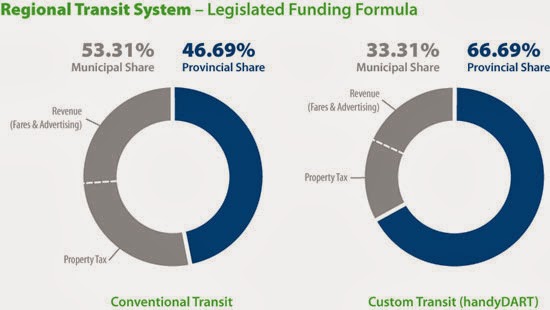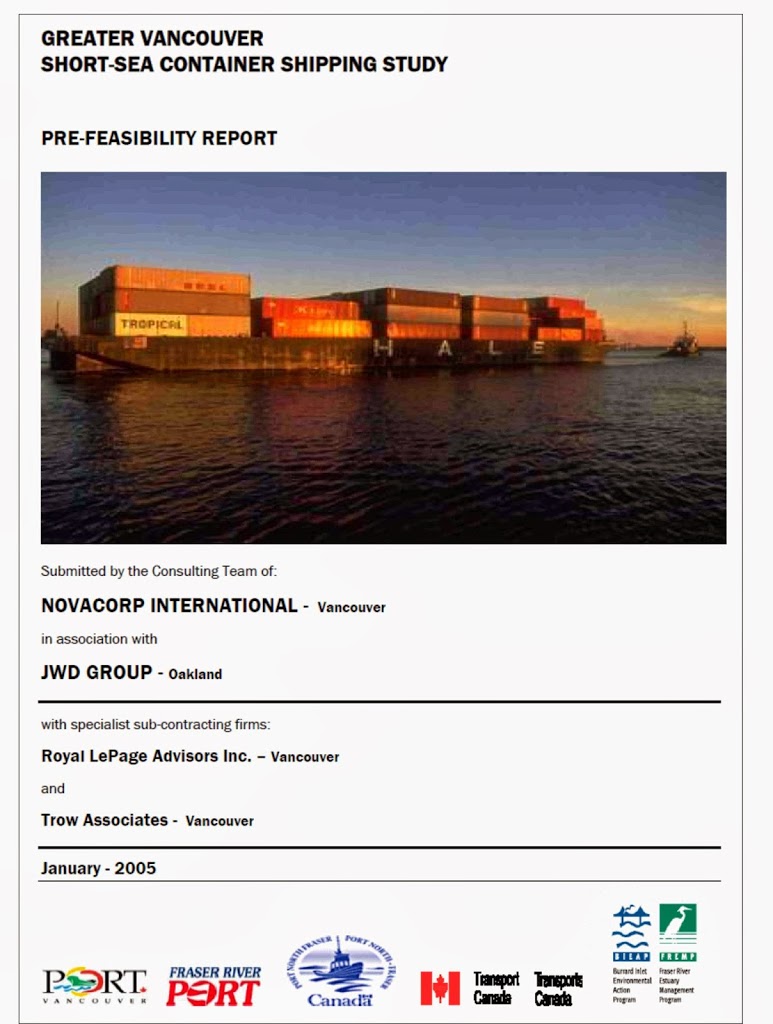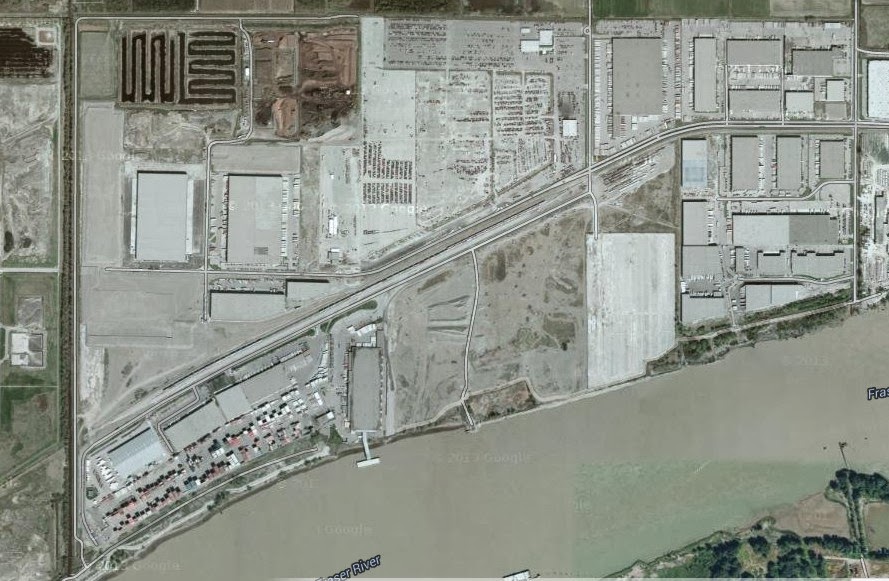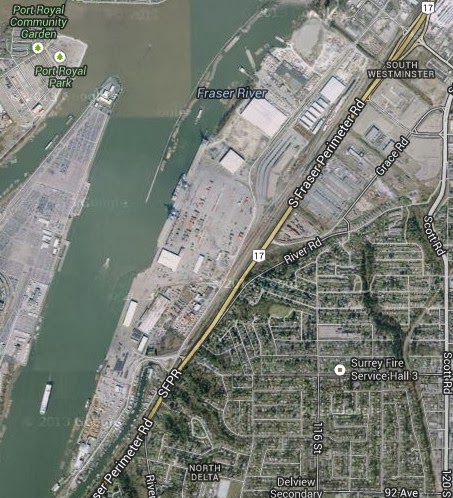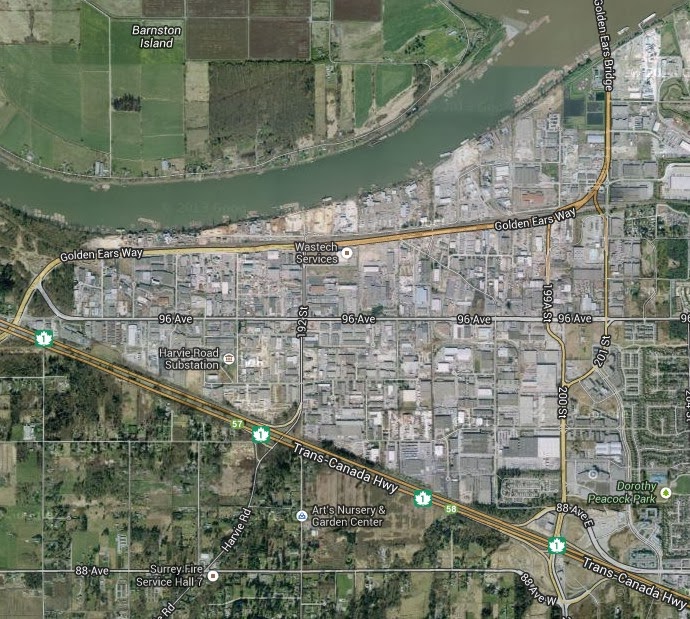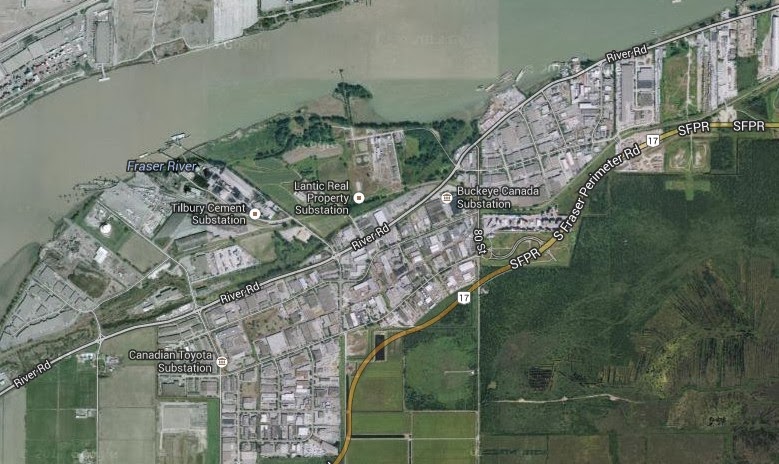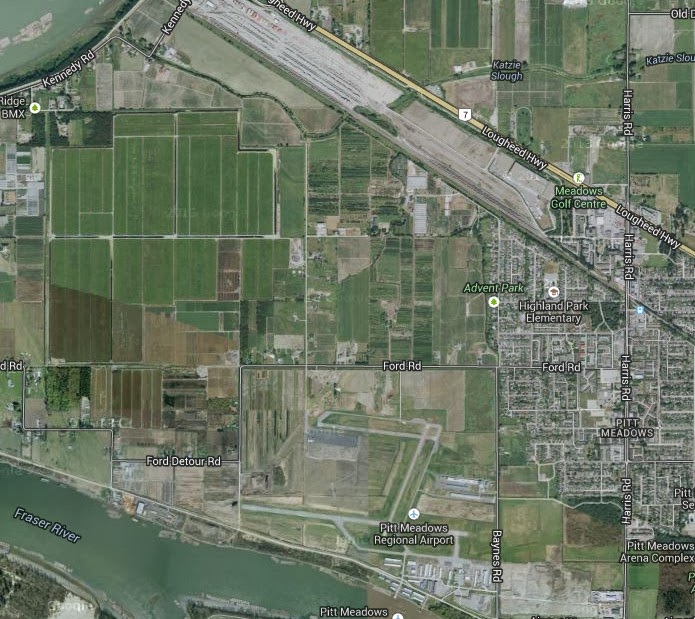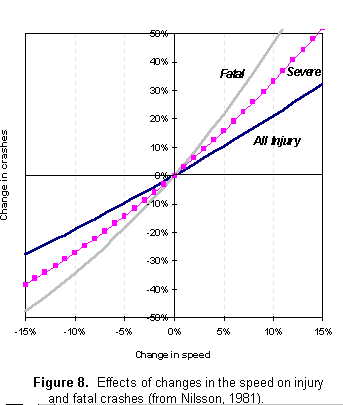I am so glad I waited a few days after I wrote the first half of this story before posting the second half. It gave me an opportunity to hear Brent Toderian speak about the fundamental lack of provincial leadership that is represented by the face we are still discussing this issue. Of course, he says that nicer than I do, but the message is clear: “There needs to be a consequence for this lack of political leadership”
It is clear the failure here is on the province, trying force a referendum where one should never be, not the Mayors’ Council or TransLink for seeking clarity about how this alleged referendum will work, and the consequences of its failure.
It is important to note that TransLink, the Mayors’ Council, and indeed Municipal governments, exist at the pleasure of the provincial government. Saying “no” is not an option the Mayors have. The Minister is within his rights to introduce these legislative changes, and the Mayors need to do what they are told, or they will be in violation of that legislation. That’s the reality of being the third level of government.
However, this is not a legislative debate at this point; it is an argument about governance. The Minister has not done his job, which is to administer the Transportation System of the Province for the good of all British Columbians, including the 60% that live in the TransLink catchment. He is new to government, and arguably his Boss gave him an impossible task with an idea she sketched on a beer coaster. So now he has a Transportation Problem without a palatable solution. That creates a different kind of problem: a Political Problem.
With this letter, we have to question which problem the Minister is trying to solve. Is he even interested in finding a solution to the region’s Transportation Problem? In reading that letter, one might surmise that he has given up on that task, or (worse) it was never the problem his Boss charged him with fixing. After all, they have referendum-free tunnel/bridge replacements to build.
Instead, all the Minister’s thought and action seems directed at the Political Problem. Tell the mayors to solve the referendum fiasco for him, put them on a tight deadline, issue a few threats, cut their purse strings and remove any possible way for them to demonstrate creativity on leveraging funds. If they don’t get it done, you can kick the entire issue down the road for 3 or 4 more years, and call it their failure. Hopefully everyone will forget you failed first.
It is brilliant in its cynicism. This guy isn’t a Minister of Transportation, he’s the pointy-haired boss from Dilbert, as drawn by Machiavelli!
The mayors are being set up to fail, and as such, they are unlikely to find a solution that works here. The best they can hope is to change the conversation.
The message they need to send back has to be clear, unified and public. They need to demand that the province stop putting up roadblocks and issuing threats, and they need to start working collaboratively towards solutions. They need to point out that the province needs to work with them to do this because it is in the province’s best interest that the region has a robust, affordable, accessible and effective public transportation system. And because that is Todd Stone’s job.
Then the mayors need to point out to the public, very clearly, that there are three ways we can move forward in the region:
Option #1: We invest something in the order of several hundred million dollars a year on large and small scale expansion, and get back to building a world-class public transportation system envisioned in Transport 2040, and beyond. We can fuss later about chosen technologies (Light and Heavy Rail, Rapid Bus, 99-Line style medium bus, and regular bus, gondolas, HandyDarts, whatever works and makes the most economic sense to solve a local transportation problem). Before we have that debate, we need to know what the funds available are and when they can be delivered, as that will ultimately decide on the technology and priorities. We need this funded in 5- and 10-year commitments, so that longer-term growth can be properly planned for: no more random build-what-some-minister-wants pet projects that set us back a decade (I’m talking to you, FalconGates).
I don’t know the number, but $220 Million per year is probably the right order of magnitude. I pick that number out of the air because that is equal to 1% of the Provincial taxation revenue. We can raise taxes 1%, or the 1% that is easy to find through belt-tightening according to Grandpa Cummins and some local municipal pundits.
Option #2: We put no more money into TransLink, and we keep the transit we currently have, operating at full capacity. This is the feared “failed referendum” outcome. Of course, there will be 1 Million new residents moving to the Metro area over the next 30 years who will then lose any freedom to choose how they travel, and will be dependant on cars. Transit is full, there will be no more room for them. At the current car ownership rate, that’s 700,000 new cars. If you line those cars up, bumper-to-bumper, they will make a line more than 3,000km long. If moving, they will take up 4 or 5 times this distance.
To accommodate these cars, the Province will need to double or triple the number of lanes on all Provincial Highways (Hwy 91, Hwy 99, Hwy 1, Hwy 17, etc.) and concomitantly to build more expensive new crossings of all of our watercourses. The local roads budgets for all of our municipalities will similarly rise, as will healthcare costs, police and fire costs, and our greenhouse gas emission. To deal with these cars when they are not moving, we will need to build 2 Million new parking spaces in increasingly congested and expensive real estate.
So this option will “save” us a couple of hundred million dollars per year, but preliminary conservative estimates suggest this savings will come at the cost of ten times that amount. To quote the Minister- there is only one taxpayer.
Option #3: We do neither. We let the transportation system we have today limp into the next generation, and make only the most modest changes that we can afford without raising anyone’s taxes. This will no doubt kill our growth projections, as our livability will disappear and the economy will stall. Even at half the projected growth, we will still be stuck with almost 350,000 new cars on the road. Then we will learn what real traffic congestion looks like. Now that AirCare is being deep-sixed, our air quality will worsen, and the entire region will become less affordable and less livable. Your commute times will double or triple, it will restrict the Port’s dreams of doubling the number of containers they plan to move. Cities will struggle to keep up with road repairs as the load on them increases. It will make every business and the entire region less competitive in the global market. It will kill jobs, re-draw our landscape, and transform Greater Vancouver into a something we will no longer recognize, mostly because we will no longer be able to see the mountains. Imagine Mexico City with worse weather. Actually, that’s not fair, because Mexico City is investing the rapid transit at a rate that would make Todd Stone blush.
Which brings me to the Billion Dollar Question. If the mayors are indeed responsible for putting together the question for a referendum they don’t want, what should it look like?
One of the Minister’s primary talking points through this entire escapade is “Making sure that traffic congestion is reduced to improve your daily commute is important to our economy and maintaining this region’s great quality of life.” Let’s take the Minister at his word, and assume from this that Option #3 above is not an option the Minster can abide. So the referendum question is really between the first two options. We cannot have a “none of the above” option, as much as Premier McSparkles™ likes the idea.
The option of not funding transit improvement hurts the livability of our region, and does not achieve our Regional Growth Strategy, Transportation Plan, Greenhouse Gas Reduction, or Goods Movement goals. More importantly, the option of not funding transit expansion throughout the region is a very bad deal for the Province and the taxpayers. The Minister of Transportation can repeat the messaging that this the Mayors’ problem now, or repeat how the Province will not contribute because the Province will not ever raise your taxes. However, it is the Ministry of Transportation that will have to pay for the major freeway and bridge building projects that will be required to move the extra 700,000 cars through out region by 2045 if the million people joining our region are not given the choice of using more sustainable modes. Those are your taxes.
And this is the message the Mayors’ Council need to get out right now. Hopefully they can find a pithier way to say this than I could. Perhaps something like:
Please choose your favoured option:
1: Transit Expansion! (1% increase in your taxes, buy your own Compass Card).
2: Freeways and Bridges for all! (10% increases in your taxes, buy your own car).
3: Doom! (free, but you can’t have this).
That should effectively demonstrate what a foolish idea this referendum really is.
